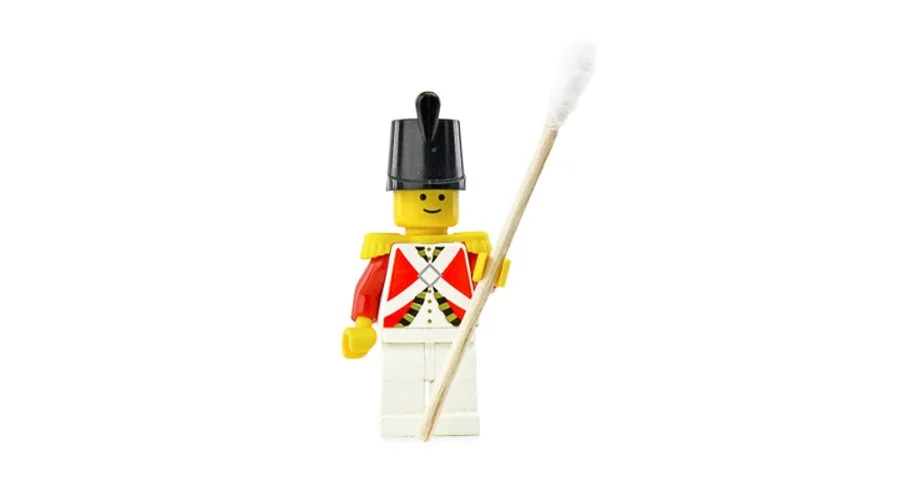Page creation
Start a new page by clicking here.
If a device page already exists for your device, you shouldn't create a new one. Simply send us an email, and we'll flag the existing page so you can work on it.
Select "Device" from the list of options.
Enter your device name in the Title field.
The device name should exactly match what appears on the white iFixit label on the device. If you didn't get your device from iFixit, the name should be the same as what appears on the manufacturer's website or in official documentation (owner's manual, etc.)
Time-saving tip: The title you enter here should precisely match the device page title that we approved in your proposal.
If your device is known by more than one official name, stick with the most common one. (Google Trends can be helpful here.) Alternate model names/numbers can go in the summary (see below).
Do NOT include the device type or generic terms such as “laptop,” “cell phone,” etc.
Be sure to spell and capitalize your device name properly or your replacement guides will not link correctly.
Take and upload a picture of the device by clicking on the camera icon in the panel on the right-hand side of the page. The device page picture is the first thing users will notice when they navigate to your device page, so it's important that you take a quality photo.
Take the picture with the device against a solid white background that is well-lit, with the camera in landscape orientation.
Keep your pictures as large as possible in terms of resolution. If a picture is 4000 x 3000 pixels in size, so be it! We love large images.
If you're using a DSLR or other camera that captures images in an aspect ratio other than 4:3, the iFixit media manager will automatically force a 4:3 crop when you upload your images.
The most important thing to remember is to take your own device page picture, rather than taking one from an online image search.
Please do NOT use Photoshop to remove photo backgrounds. Your backgrounds don’t have to be perfectly white; a nice uncluttered background is less distracting than one that has been crudely cut out. Even if you really, really know what you’re doing, your time is better spent on other parts of the project.
If you're working on a preexisting device page that already has a photo, you should check with us to see whether a new photo is needed. Just drop us an email!
For more help on taking great photos, check out our How to Take Awesome Photos guide.
Enter a short, descriptive summary. The summary should be 1-2 sentences giving the most basic identifying information about the device. Remember that summaries are used in search results, so include key words or phrases you think your readers might search for when looking for help. Always make sure to include alternate model names/numbers, if any.
Add the Troubleshooting, Background, Identification, Technical Specifications, and Additional Information headers and their content in the main text box. Follow the format outlined in this example device page. To create a header, highlight your text and click on the “¶” to access the drop-down menu. From there, click on “Header” (while your text is still highlighted) to create the appropriate heading.
Troubleshooting This section should include a sentence or two linking to the troubleshooting pages you created in Milestone 1.
Background This section should include a few paragraphs of information on the device’s background and history. What specific information should your Background section include? Check out What Information Should I Include in the Background Section? to help steer your research.
This section, like all of your work, should be written completely in your own words. Although you may find websites that have great descriptions of your device, do not copy and paste these descriptions into your device page, as this is plagiarism. Of course, you’re free to use these websites for reference (don’t forget to credit the source).
Identification This section should include a paragraph explaining how to identify the device. We want people to have successful repair experiences, so it’s important that they are using the correct repair information for their exact device.
Technical Specifications This section should include a list of the technical specifications about your device. Since each device is different, think about which morsels of technical information are important for owners of this device to know. You can include hardware specs like CPU and storage capacity, physical dimensions, weight, camera specs, screen resolution, available ports, etc. Don’t forget to cite your sources! Beneath your list of technical specifications, simply write the word “Sources” and include formatted links to any websites you used in your research. You can find a great example of a Technical Specifications section and source citation here: Hitachi CP-X440.
Additional Information This section should include at least three helpful links to the best online resources for the device. You can link to any helpful source of information, such as other repair resources, the device’s Wikipedia page, the manufacturer’s device page, product reviews, etc.
All links on your page should be formatted as clickable words or phrases, rather than long scary URLs.
The only sections of your device page you need to create manually are Troubleshooting, Background, Identification, Technical Specifications, and Additional Information. Do not create any Guides, Parts, Support Questions, or Tools sections—these sections will be added to your device page automatically when you create your replacement guides in Milestone 3 (just remember to keep the spelling of your device consistent).
Halt! Who goes there?
Let’s check what’s between your ears! If you’ve got some brains in there, you’ll review the milestone guidelines carefully before you move on. Email us at techwriting[at]ifixit[dot]com when you’ve got a finalized draft of your device page. We’ll look it over and see if it’s clean enough for you to move on to Milestone 3.

